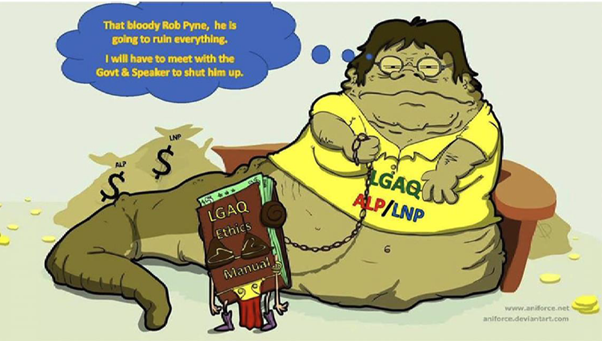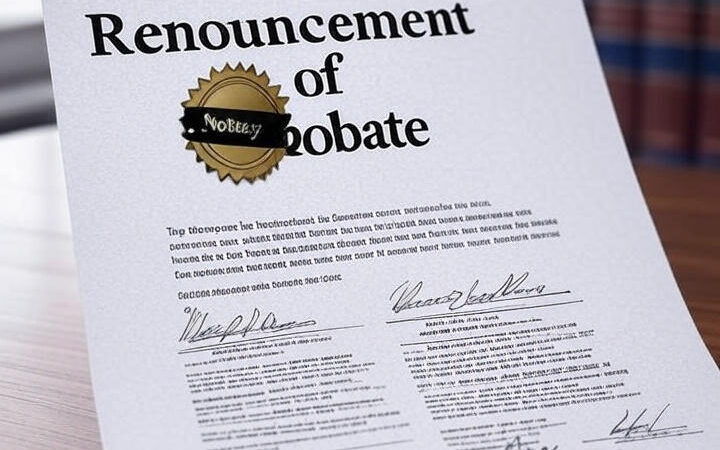A root cause of many legal issues, is to do with money. In the case of dividing fences between adjoining land owners, the cost of erecting a dividing fence, or constructing a new dividing fence, is a frequent issue which arises. One adjoining owner may wish to erect a new fence, so as to increase […]
Read More Can a cartoon or a picture be defamatory? Can a cartoon character depicting Jabba the Hutt from Star Wars give rise to an action in defamation? Well, according to His Honour, Morzone DCJ in Hallam v O’Connor and Payne [2024] QDC 187, it most definitely can. As is common in the Australian defamation world, it […]
Read More Misleading or Deceptive Conduct under Section 18 of the Australian Consumer Law Introduction In the world of commerce, trust is the glue that holds transactions together. Consumers must be able to rely on the truthfulness of claims made about goods and services that they are considering purchasing. Likewise, businesses must be confident that their competitors […]
Read More A Guide to Statutory Demands for both Creditors & Debtors in Australia A statutory demand is a formal, written notice issued by a creditor to a debtor (which must be a corporation), requiring immediate payment of an outstanding debt. Failure to comply within 21 days may result in the company being presumed insolvent open to […]
Read More Can I refuse to be an executor under a will? Being named as the executor of a loved one’s Will can sometimes come as a surprise. For many people, the news arrives during an already difficult time, following the death of someone close to them. While some view the role of executor as an honour, […]
Read More General Protections Claims under the Fair Work Act 2009 (Cth): What You Need to Know The Fair Work Act 2009 (Cth) (the FW Act) provides employees across Australia with a broad range of workplace protections. Among these, the General Protections provisions are some of the most powerful. They protect employees and prospective employees from adverse […]
Read More A Guide to Residential Tenancy Law & Disputes in Victoria In Victoria, residential tenancy disputes are common occurrences between landlords and tenants. Whether it involves unpaid rent, property damage, bond disputes or lease termination issues, these conflicts often require resolution through the Victorian Civil and Administrative Tribunal (VCAT). Understanding the types of disputes that arise, […]
Read More 







